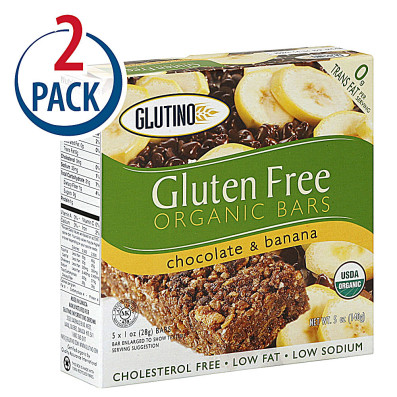Originally Published by The Belle Method in The Purple Fig
Full disclosure: In January 2013 I discovered through several genetic lab tests I am highly sensitive to gluten. Basically indigestible gluten proteins had been creating little holes in my intestinal lining causing massive inflammation, immune deficiencies and a host of icky symptoms that I’ll spare you. No amount of Pilates could fight the bloat and discomfort. Many days I’d wear baggy t-shirts when teaching to hide the protruding hard-as-rock belly. After years of popping digestive enzymes, Pepto-Bismol and Rolaids, I finally got to the root cause.
Eliminating gluten has been life changing to my digestion, energy levels, skin, and overall health. It has also served me up a slice of humble pie. No one, not even “organic smoothie obsessed” Pilates instructors like me are immune to genetic food sensitivities.
Oh yeah, I’m also allergic to eggs (hardboiled eggs were my #1 snack), casein/dairy (no more Greek yogurt) and soy (no more soy protein shakes, tofu, edamame or stir fry sauces). Turns out that people with undiagnosed gluten allergies can develop additional food allergies over time because gluten essentially acts as sandpaper on their digestive tract, making it hypersensitive to foods they eat most often. All this creates inflammation in the body. Inflammation is the underlying cause of MS, Osteoporosis, Parkinson’s, Dementia, Arthritis, Fibromyalgia, Thyroid disorders and my favorite, Irritable Bowel Syndrome. And that, my friends, is just a short list.
Different bodies react differently to gluten. One person may have IBS, another may feel extreme fatigue, and another may develop thyroid problems or arthritis. Symptoms are truly all over the map. And therein lies the problem. We live in a medical community that prefers to take individual symptoms and prescribe drugs as treatment. Not only does this approach fail to address the root cause, it also negates the notion that there IS a root cause.

The truth is that there could be an explanation for the previously “unfixable” health issues you may be facing. I turned to Enterolab, a clinical lab based out of Texas that specializes in analyzing intestinal specimens for gluten sensitivity. You can select to have several different tests run on your samples. Be sure to do the Anti-TTG test (anti tissue transglutaminase IgA) which is the best test for celiac because it determines whether your body is autoimmune (recall that being “autoimmune” is a precursor to most diseases).
This experience of radical change has also made me 100% more empathetic to the clients I coach through extreme diet and lifestyle transformations. It IS possible to turn your health around. Part of that is learning to read food labels.
My issue with “Gluten Free” labels is that people are being misled into thinking their gluten free organic $7 chocolate covered pretzels, cereal puffs, tortilla chips and brownies are “healthy.” Newsflash…they’re not. Food producers have gotten savvy and are capitalizing on confused consumers’ growing demand for healthy products. Bottom line: “Gluten Free” is good marketing, and often commands a higher price – especially on packaged foods. Putting a GF label on boxes of Rice-a-Roni and cupcakes psychologically lessens the guilt of consuming foods we know aren’t good for us. It’s a trick people!! These GF foods often contain refined starches and high fructose corn syrup – ingredients that ironically contribute to health problems and obesity.
Here’s an example of the two main ingredients of Glutino’s Organic Chocolate Banana Breakfast Bar: ORGANIC BROWN RICE SYRUP, ORGANIC RICE CRISP(ORGANIC RICE MEAL AND ORGANIC RICE BRAN, WATER, ORGANIC CANE SUGAR, CORN STARCH, ORGANIC RICE EXTRACT, ORGANIC CARAMEL COLOR). We basically have processed rice, corn and sugar. Not exactly a breakfast of champions.
The real solution? First off, get tested for food allergies if you have any nagging health complaints or have hit a plateau in your fitness goals. I wish I’d done mine 10 years ago! Next, commit to trying a GF diet for 30 days. Take note of how you feel using a food journal. And above all, avoid the snack and cereal aisle and stick to the perimeter of your grocery store for fresh veggies, (grass fed) meats and (wild/sustainable) fish. These items that are naturally gluten free and don’t require labels at all.
Cheers to taking control of your health!
